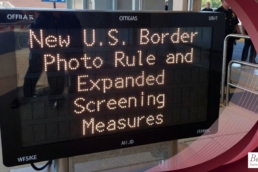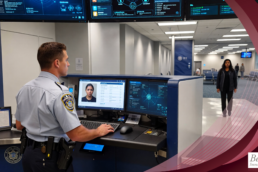The L-1 nonimmigrant category enables a U.S. employer to transfer an executive, manager, or specialized knowledge employee from an affiliated foreign office to one in the U.S. L-1 workers may be admitted to the U.S. for an initial maximum period of up to three years. The total maximum period of stay is capped at seven years for L-1A managers and executives, and five years for L-1B specialized knowledge personnel. Additional time, however, may be granted beyond these caps in certain circumstances. For example, additional time beyond the 5/7 year cap may be granted for beneficiaries who reside abroad and periodically commute to the U.S. for work, or for beneficiaries whose employment in the U.S. is seasonal or intermittent. Total time spent in the U.S. for work purposes must be an aggregate of six months or less per year. In other words, the beneficiary must spend less than 183 days per year in the U.S. to be eligible for a two-year extension of the L-1 status beyond the 7-year cap. These petitions require clear and convincing documentation of physical presence outside the U.S.
Our office recently prepared an L-1A petition for an executive at one of our corporate clients. The applicant is a founding member and principle owner of a group of companies engaged in consumer-to-consumer money transfer services. As the President/CEO of the company, the applicant is required to periodically enter the U.S. to oversee all operation areas of the company. This was his third L-1 extension, and we were able to obtain his last year of L-1A status. The applicant has reached his 7-year cap in L-1A status, but is still eligible for an additional two-year extension, because he is an intermittent border-crosser. This situation is common of Canadian managers, executives, and specialized knowledge employees. So long as he spends less than 183 days in the U.S., we can continue to extend his L-1 status in two-year increments if needed. This will require evidence of his eligibility and proof of permanent ties to Canada, including a detailed chart documenting his travels in the 12-month period preceding the application, property records, financial statements and employment information.
Ready to have Berardi on your side?
Whether you’re a business looking to hire or a professional hoping to relocate, immigration law can be complicated. But you don’t have to do it alone. Put our experience to work for you.


